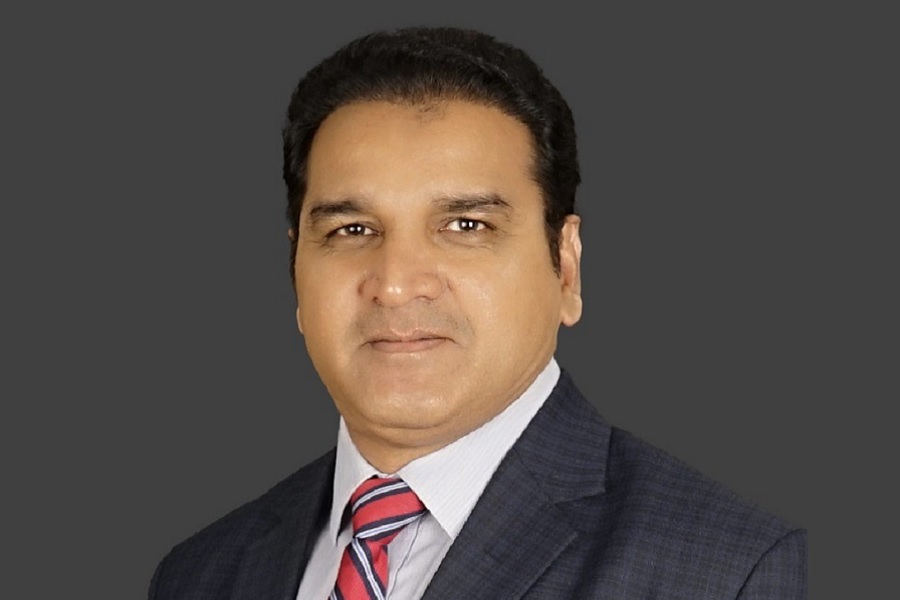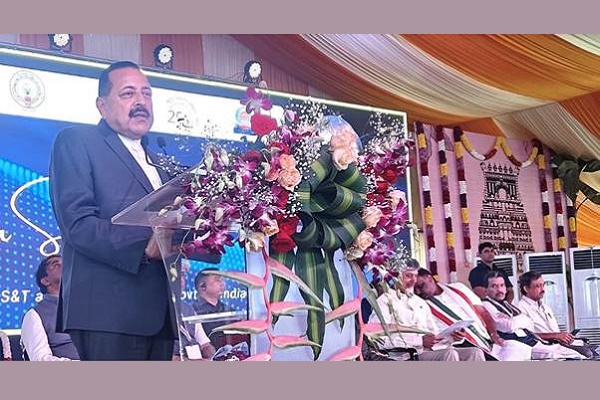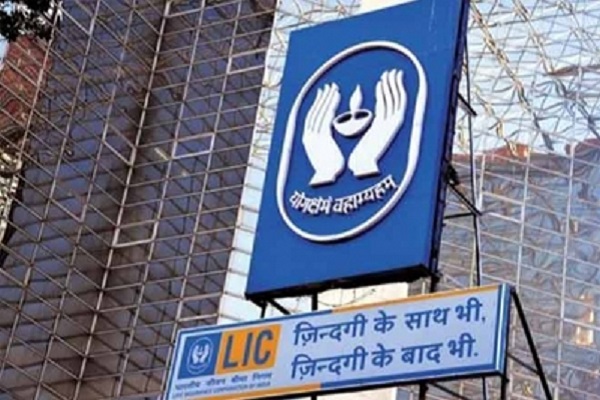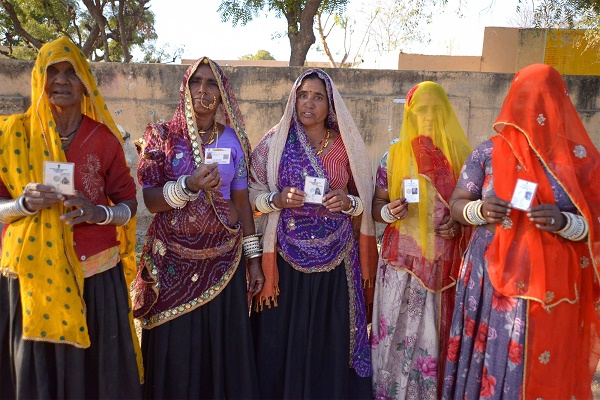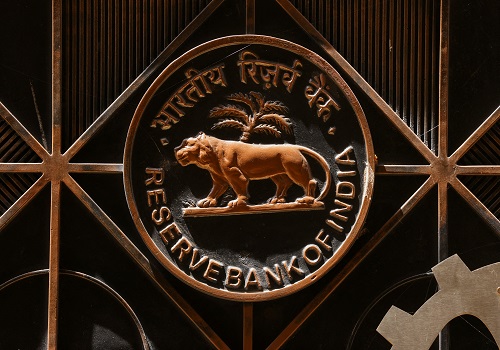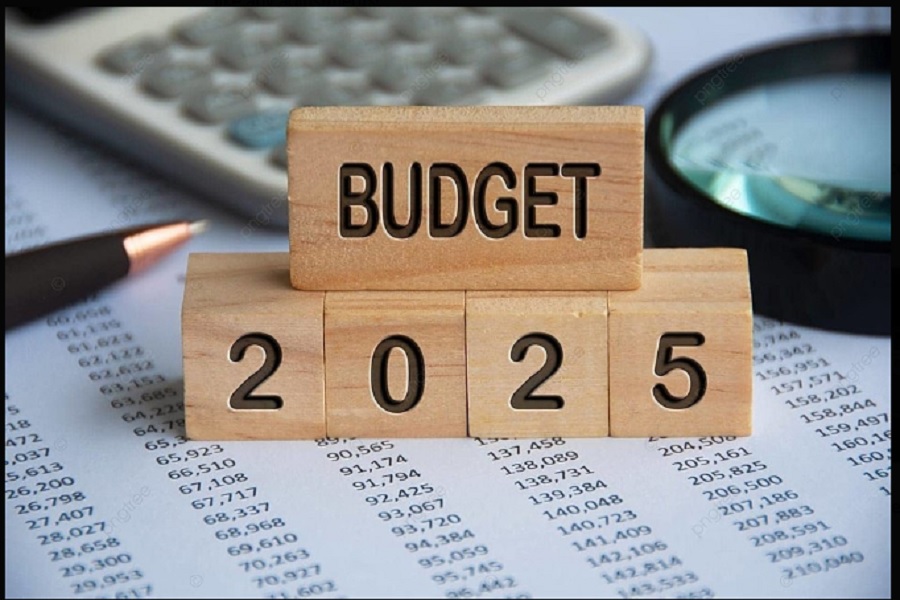The Economy Observer : Monsoon Diary - All-India rainfall 10% above LPA by early July by Motilal Oswal Financial Services Ltd

Monsoon Diary: All-India rainfall 10% above LPA by early July
Timely onset, even distribution boost kharif outlook and rural sentiment
* Jun’25 rainfall surges to 109% of LPA in FY26, highest in four years: The southwest monsoon has advanced rapidly and covered the entire country by 29th Jun’25—nine days ahead of the normal schedule. This early onset, supported by favorable conditions like neutral ENSO/IOD phases and active low-pressure systems, has resulted in surplus rainfall in Jun’25. All-India cumulative rainfall is now 10% above its long-period average (LPA) as of 1st Jul’25. Last year, as of 1st July, it was 7% below LPA (Exhibit 1). Monsoon rainfall was in deficit in the first half of Jun’25, though it picked up in the second half and ended the month at 109% of LPA (highest in last four years for corresponding periods), higher than the Indian Meteorological Department’s (IMD) prediction of 108% of LPA. Last year, it was 11% below LPA for June (Exhibit 2).
* Surplus rains in Northwest and Central India boost kharif sowing prospects amid a deficit in the East: As of 1st Jul’25, the Northwest and Central regions of India have received surplus rainfall, with precipitation standing at 45% and 26% above LPA, respectively, in those regions. This early and abundant rainfall in these agriculturally important zones has created favorable soil moisture conditions, supporting timely sowing of kharif crops such as pulses, coarse cereals, and oilseeds. It also helps replenish reservoirs and groundwater levels, which are critical for irrigation continuity later in the season. In contrast, the Southern Peninsula has recorded a marginal shortfall of 3% below LPA, while the East and Northeast regions are facing a significant deficit of 17%. These shortfalls, especially in key rice-producing states like Bihar and Assam, could initially impact sowing momentum. However, with the monsoon expected to remain active and broadly favorable, rainfall in these lagging regions is likely to recover as the season progresses, potentially narrowing the current deficit and supporting late sowing or replanting activities (Exhibit 3).
* Rainfall spread key to assessing monsoon health: Spatially, rainfall distribution varies significantly across India's districts and meteorological subdivisions. Tracking the number of districts or subdivisions under each rainfall category—such as large excess, excess, normal, deficient, and large deficient—provides insights into the uniformity or skewness of the monsoon. A balanced distribution, with a higher number of districts in the "normal" and "excess" range and fewer in "deficient" categories, indicates a healthy monsoon phase. Conversely, a higher number of deficient or large deficient regions signals stress for agriculture, reservoirs, and rural livelihoods.
* Jun’25 sees balanced rainfall distribution after three years of skewed monsoons: Exhibit 4 shows a four-year comparison of June rainfall distribution across India’s 36 meteorological subdivisions, highlighting significant year-to-year variability. In Jun’22, rainfall was heavily skewed, with 20 districts receiving deficient rainfall and only six showing excess. The pattern remained similar in Jun’23 and Jun’24, with 16 and 14 districts, respectively, receiving deficient rainfall and two districts experiencing large deficiency in both years. However, Jun’25 shows a marked improvement, with a more balanced spread—seven districts reported large excess, eight saw excess, 11 normal, and only 10 deficient, with no large deficient districts. This shift indicates a more even and favorable rainfall distribution in 2025, likely aiding kharif sowing and easing pressure on agriculture and food prices.
* Strong recovery in kharif sowing led by rice and pulses: As of 27th Jun’25, Kharif sowing activity has picked up strongly, with total area sown rising by 11.3% YoY to 26.2m hectares, up from 23.6m hectares last year. The strongest gains were seen in rice, where acreage surged by 47.3%, driven by timely and widespread rainfall in key paddy-growing states. Pulses also saw robust expansion of 37.2%, followed by coarse cereals at 19.3%, reflecting improved soil moisture in rainfed regions. Combined, total food-grain sowing rose by 32.8%. Oilseeds witnessed a healthy 20% increase, while sugarcane remained flat. On the downside, cotton acreage declined by 8.9%, likely due to erratic rains in cotton belts such as Maharashtra and Telangana, and jute saw a marginal decline of 2.7%. Overall, the sharp rebound in sowing, particularly for food-grains, signals a strong start to the kharif season, supported by favorable monsoon progress in most regions (Exhibit 5).
* Multi-year sowing trends signal rural rebound: Kharif sowing has shown a significant recovery since the steep declines seen in 2021 and 2022, when acreage contracted by over 30% YoY as of 27th June, primarily due to a delayed and deficient monsoon onset. In 2023, sowing stabilized with marginal growth of 0.4%. This was followed by a sharp rebound in 2024, with sown area rising by 15.9%, and the momentum sustained in 2025 with an 11.3% increase over the same period (data as of 27th June for all the years). The recent improvement reflects the impact of timely and well-distributed rainfall across key regions, indicating a healthy start to the kharif season and improved rural sentiment (Exhibit 6).
* June-end reservoir levels in FY26 hit 11-year high: India’s water reservoir levels have shown a notable improvement in FY26, with storage reaching 36% of full capacity as of 26th Jun’25—up from 20% in FY25 and significantly higher than the recent average (last 10-year average at 23.4%). This marks the highest June-end storage level in nearly a decade, reflecting early and well-distributed monsoon rains. Regionally, southern India saw the strongest turnaround, with reservoir levels rising from 16% in FY25 to 45% in FY26, followed by gains in western (20% to 39%), eastern (18% to 31%), and central India (24% to 29%). Northern India also improved marginally from 27% to 30%. This improvement in live storage augurs well for irrigation availability, drinking water supply, and rabi crop planning later in the year, especially in previously water-stressed southern and western regions (Exhibits 7 and 8).
* Conclusion: The early onset and strong progress of the 2025 southwest monsoon have significantly improved rainfall distribution, kharif sowing, and reservoir storage levels across the country. With Jun’25 rainfall closing at 109% of LPA (the highest in four years) and cumulative rainfall 10% above LPA as of early Jul’25 , the monsoon has provided a timely boost to the agricultural sector. The Northwest and Central regions have seen the largest surplus rainfall, enabling strong gains in kharif sowing, particularly for rice, pulses, and coarse cereals. Reservoir levels have also surged to 36% of capacity as of end-Jun’25, well above the decadal average, with southern and western regions seeing the most improvement. While the East and Northeast and parts of southern India still face rainfall deficit, the IMD has forecast above-normal rainfall in Jul’25 (106% of LPA), particularly in central and northwestern regions, which should support further catch-up in sowing and soil moisture recovery. This continued favorable monsoon outlook bodes well for both kharif and rabi output, ensuring better water availability and supporting rural incomes. Overall, the rural outlook remains positive, with improved farm activity, higher crop coverage, and enhanced irrigation prospects likely to drive rural demand, agri-input consumption, and broader economic recovery in the coming quarters.
For More Research Reports : Click Here
For More Motilal Oswal Securities Ltd Disclaimer
http://www.motilaloswal.com/MOSLdisclaimer/disclaimer.html
SEBI Registration number is INH000000412



